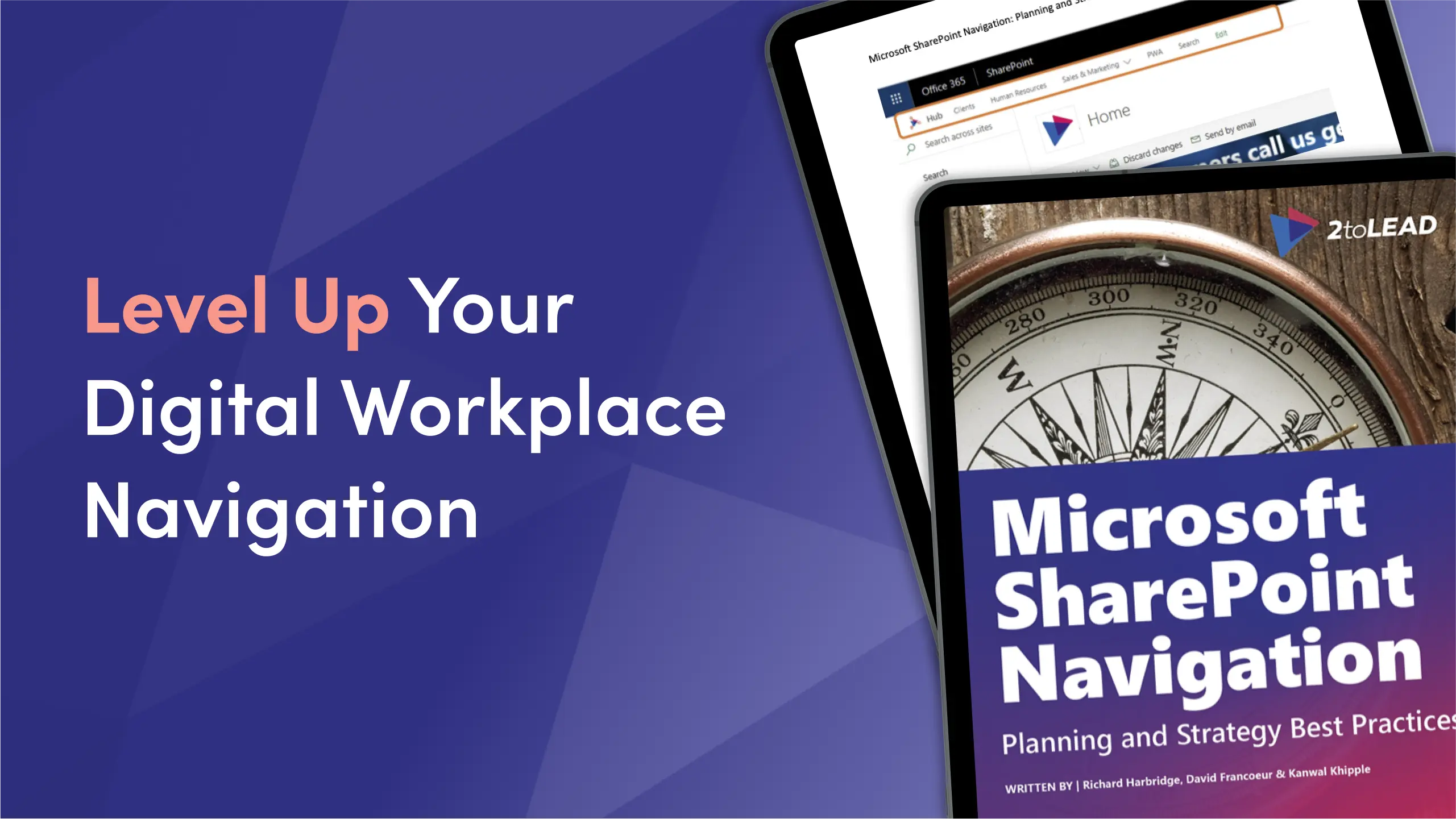Microsoft 365 Digital Employee Experience Ideas
Today, the digital employee experience matters more than ever. Organizations are addressing it by investing in the right technologies and leveraging them in effective ways.

Take the next steps to an effective M365 Digital Workplace and Employee Experience
Today, the digital employee experience matters more than ever.
Organizations are addressing it by investing in the right technologies and leveraging them in effective ways.
Microsoft 365 is at the center of many digital workplaces and employee experiences.
Once your organization has effectively rolled out Microsoft 365, the next step is to build or buy solutions to address your specialized needs.
Our latest eBook has 40 ideas to help you elevate your digital workplace and employee experience while maximizing your resources.
Learn more










